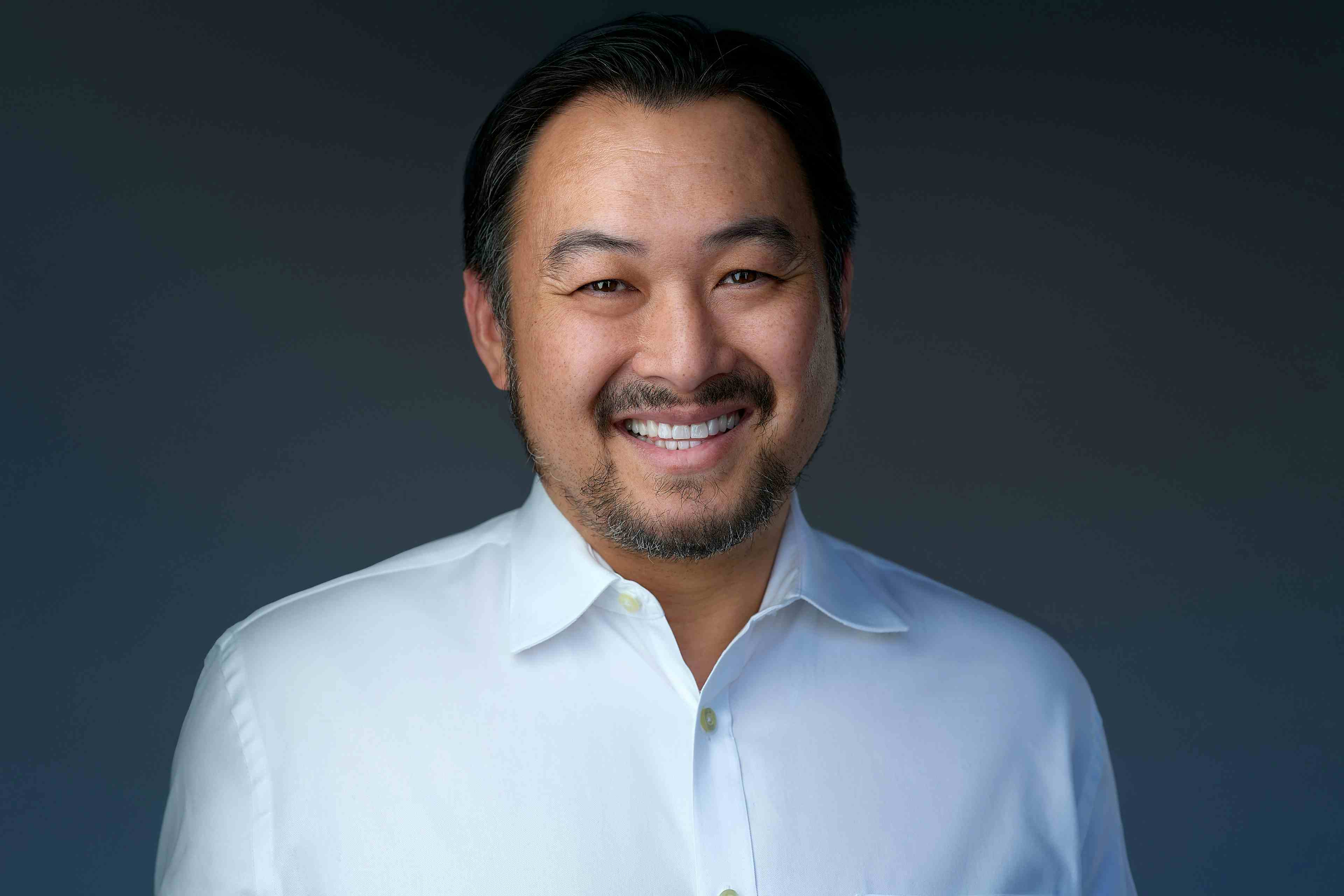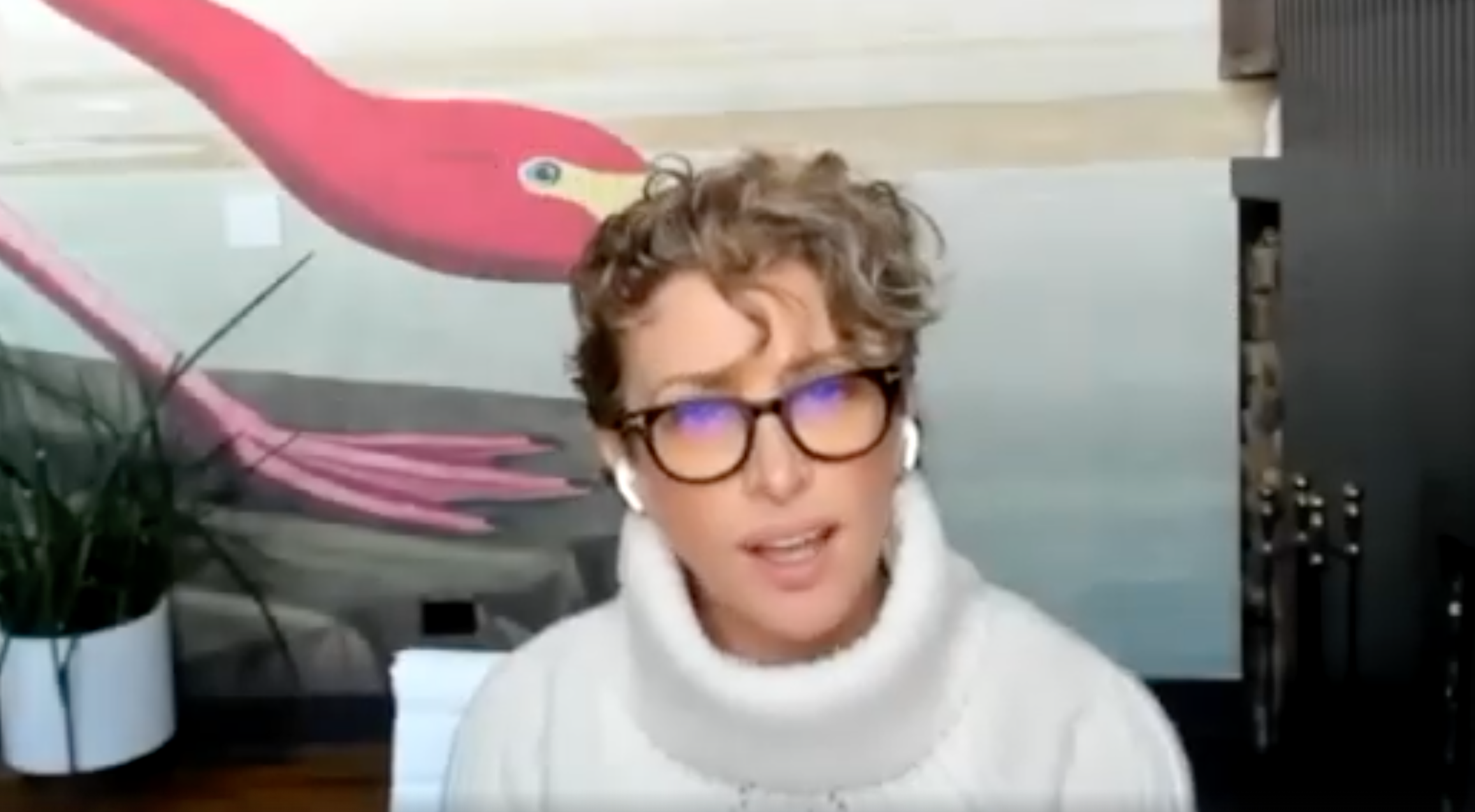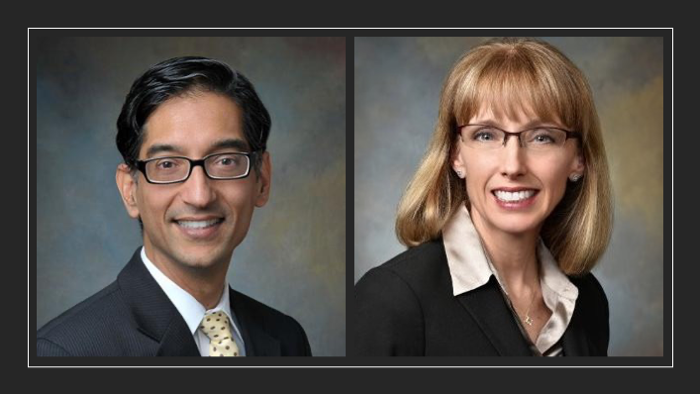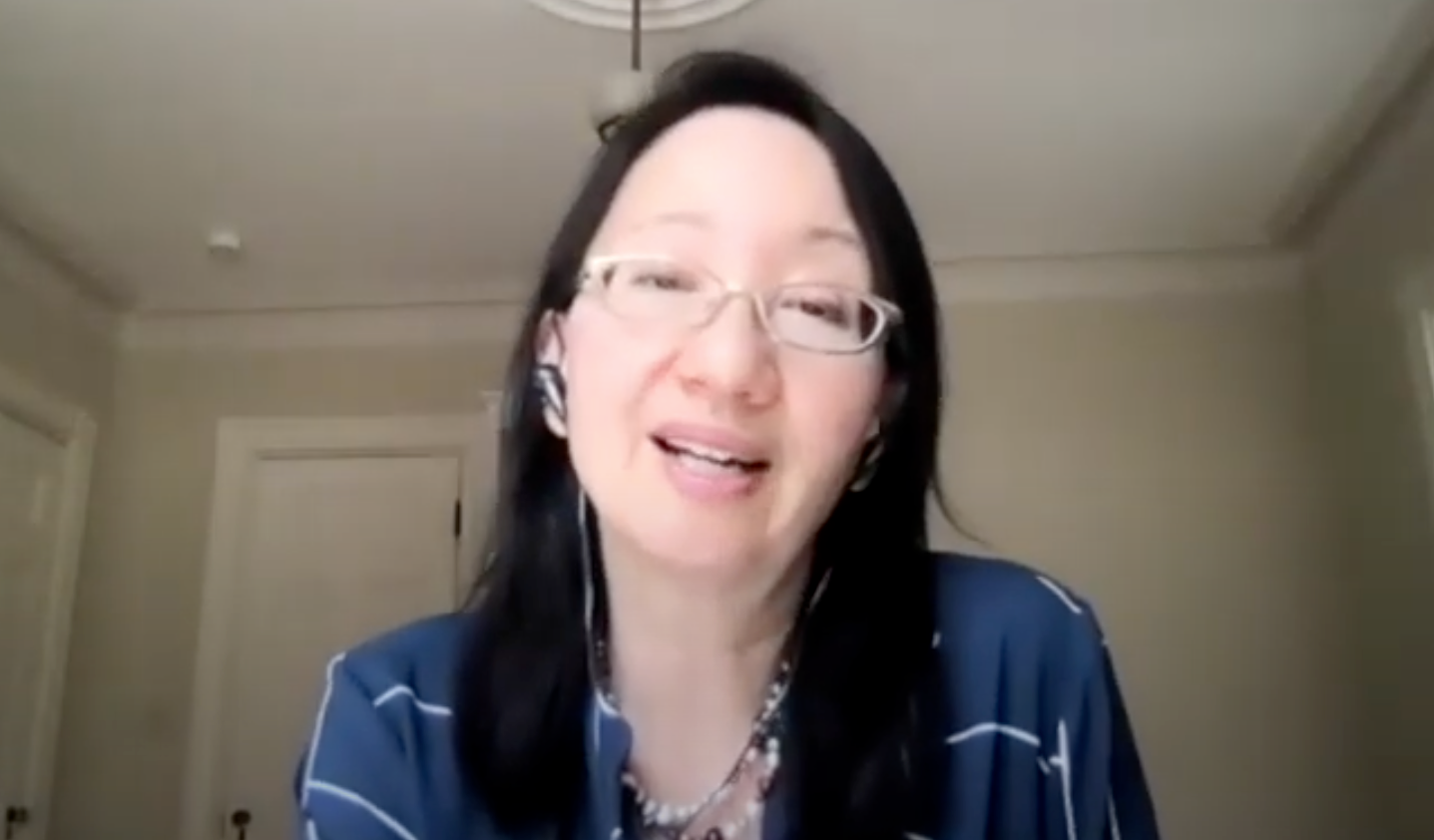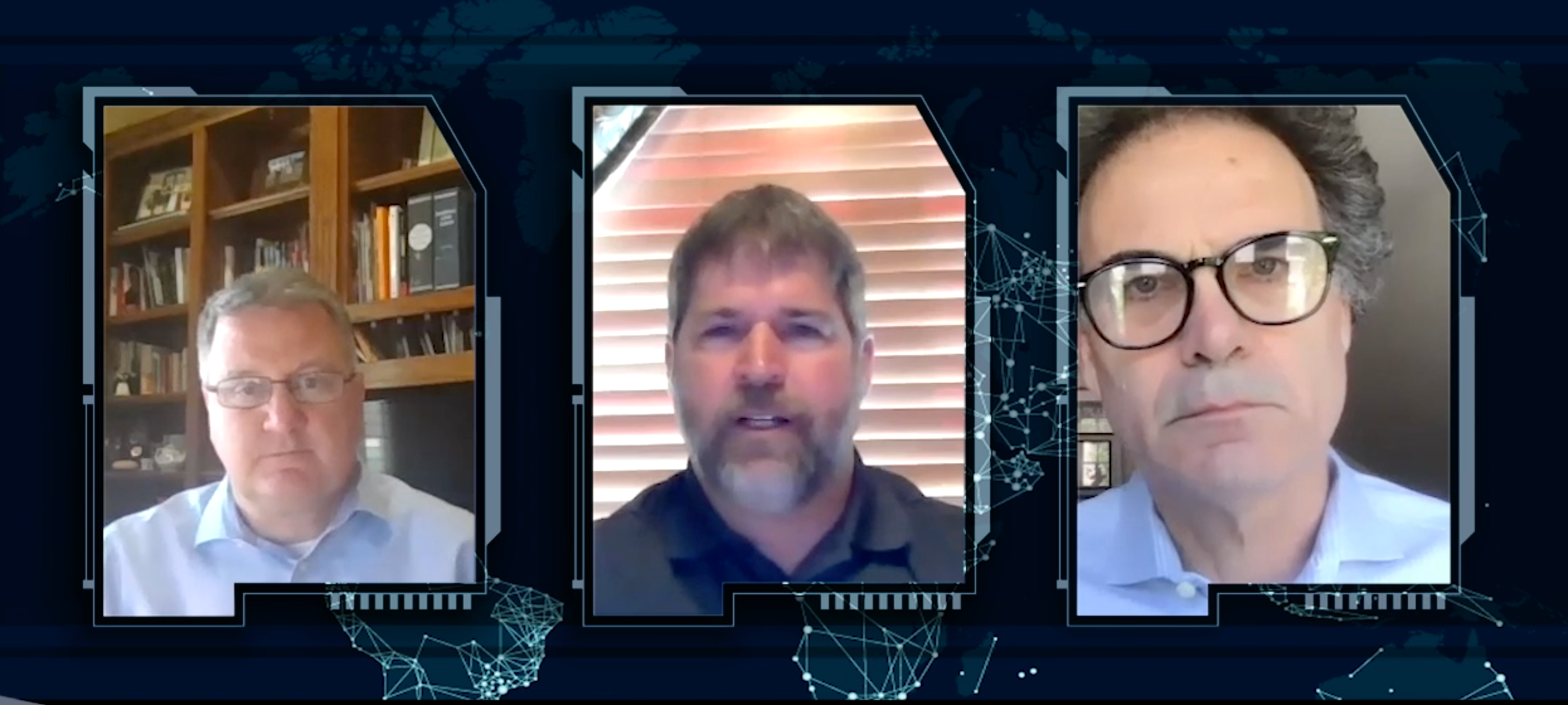Four Essential Skills of a Change Leader
Expert recommendations on new leadership skills speak to both external market forces as well as internal fundamentals.

Today’s healthcare landscape presents challenges for the C-suite almost daily. Experts say executives must refine their skills to lead organizations through value-based evolutions, technology snags, and the grueling pace of change.
“You have to understand the ecology of the healthcare environment,” says Don Hall, MPH, a Managed Healthcare Executive editorial advisor and principal of Delta Sigma, a consulting firm in Littleton, Colorado. “Organizations always worked from a small piece of healthcare, but now it’s much broader. And that broader perspective is going to be key for executives.”
Expert recommendations on new leadership skills speak to both external market forces as well as internal fundamentals.
1. Address social determinants of health
Hall says executives now need to develop competencies to address social determinants of health (SDOH)-the societal factors that influence wellness, such as food insecurity, poverty, or unemployment. In the value-based era, organizations are expected to deliver results with programs that solve such non-healthcare issues.
“Previously, health plans were dealing with the health of members directly,” Hall says. “But now they’re finding many variables that affect health are much cheaper to resolve by means other than the healthcare visit.”
He says it makes sense financially to add on services related to SDOH. If a member is treated in the emergency room but can’t be safely discharged because he’s homeless, for example, the result is a longer, more costly hospital stay. Particularly in risk-based contracts, payers and providers are better off solving the housing issue instead.
Related article: 4 Ways Health Plans and Communities Can Address SDOH
There are pockets of innovation for SDOH within the new healthcare ecology. Many not-for-profit Medicaid plans are using 1115 waivers and grant programs to identify vulnerable patients and connect them with housing selection, rent subsidies and utility set-up, for example. Programs are often coupled with other services, such as job coaching or maternity care.
For the most part, SDOH are surfacing in the context of Medicaid populations, Hall says, which have grown through expansion under the ACA. However, senior populations are also using an increasing amount of non-medical services today.
2. Translate data into intelligence
The healthcare system is full of data, but lacks actionable information, Hall says. Only by parsing out data points can organizations identify opportunities for outcomes improvement and cost savings.
Therefore, executives must be attentive to IT advances or risk losing out to a host of innovators newly entering the healthcare space, experts say.
“Companies like Amazon could really be disruptive in healthcare because they already have their fingers in so many different things,” Hall says.
He notes that the disrupters are becoming increasingly attracted to data-enabled solutions to improve SDOH. Likewise, in March, former Aetna CEO Mark Bertolini echoed the suggestion in Yahoo Finance, saying Amazon is one to watch when it comes to providing less-costly home-based supports, such as nutrition or transportation, as proactive health interventions.
3. Align your internal strategy with the external market environment
Today’s executives are so busy predicting-or reacting to-trends that they fail to see their deficiencies in the fundamentals of leadership, says Clinton Longenecker, researcher, professor and director of the Center for Leadership and Organizational Excellence at the University of Toledo in Ohio.
“The catch is if you’re not practicing the fundamentals, the new and hot things don’t matter,” says Longenecker.
He often directs executives back to the core mission, reminding them that every effort must be oriented around that expectation. For example, if case managers are empowered to use technology, the task shouldn’t be busywork. Rather, it should inform better decisions that drive the mission.
Longenecker also notes that market changes never negate the need for leadership to reinforce expectations and accountability throughout the organization. Too often, managers don’t provide constructive feedback to their teams, and new opportunities fail to produce results.
“A lot of healthcare organizations come up with highfalutin strategies based on the changing environment, but when it’s time to implement, if they don’t properly align their structure to support it, they’re coming up short,” he says.
Additionally, Hall says everyone from the C-suite to the call center needs to be sensitive to today’s external communication channels-from gotcha videos on YouTube to customer rants on Twitter.
“For good or bad, the face of the company is no longer the executive,” Hall says. “It is every single person who has a badge for that company.”
4. Learn to stop and think
Longenecker is an advocate of what he calls the power of slowing down. In teaching, he uses an acronym to describe the concept:
S-Sit still often, dedicating time to consider what needs to be accomplished.
T-Think clearly about answers to strategic questions.
O-Optimize resources, whether they’re people, budgets or hours in a day.
P-Perform, based on the above.
Similar unplugging techniques have become a nationwide business trend, with executives of all types squirreling away on sabbaticals while their digital devices remain back at the office. But the STOP tactic doesn’t have to amount to days or weeks of meditation. It can be as simple as a few minutes of thinking, two or three times a day, Longenecker says.
The point is that leaders should operate with intentionality. Operating out of habit will inevitably lead to wasted resources or even obsolescence in today’s increasingly competitive healthcare system, he says.
Related article: 11 Soft Skills Healthcare Executives Need to Succeed
As a caution, he also warns that failure to stop and think leads an executive to become too “crazy busy” to communicate effectively. The lack of communication can manifest itself in poor execution. He believes busyness is the enemy of effectiveness, and thinking is a leader’s best weapon.
“You can make a list of the bad things that come with being too busy,” Longenecker says. “It’s a pathological lineup of horrible leadership skills that takes things in the opposite direction.”
Julie Miller is a freelance writer based in Cleveland.
Extending the Capabilities of the EHR Through Automation
August 2nd 2023Welcome back to another episode of "Tuning In to the C-Suite," where Briana Contreras, an editor of Managed Healthcare Executive, had the pleasure of chatting with Cindy Gaines, chief clinical transformation officer at Lumeon.
Listen
Automate Your Practice's Workflows with These 5 Tools
October 4th 2023To maintain patient satisfaction and regulatory compliance and reduce potential clerical errors while maintaining high productivity, you can ease your staff’s burdens by automating your practice’s workflows and empower your staff to do more in less time.
Read More





